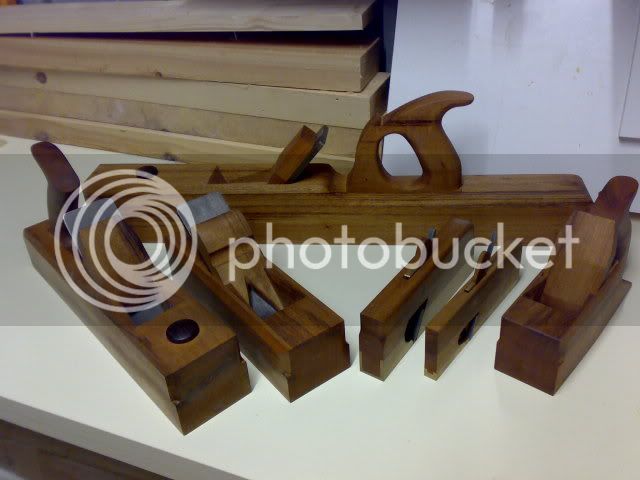mr grimsdale
Established Member
- Joined
- 25 Jan 2010
- Messages
- 365
- Reaction score
- 0
I've got a collection of ten or more woodies from abt 6" to 26". They are all sharp and set up to the best of my abilities. They are all usable and will do the job. Total cost abt £15.
But they do not do as well as steel planes. The candle wax trick will take a steel plane up to another level, but not a woody. Moving from wood to steel is like moving fom a cart to a limo.
Am I missing a trick? Is there something I should be doing?
The work I'm doing at the moment requires hand planing (for finishing and for boards wider than my planer) so it's a practical (non tooly) problem - they would be useful.
But they do not do as well as steel planes. The candle wax trick will take a steel plane up to another level, but not a woody. Moving from wood to steel is like moving fom a cart to a limo.
Am I missing a trick? Is there something I should be doing?
The work I'm doing at the moment requires hand planing (for finishing and for boards wider than my planer) so it's a practical (non tooly) problem - they would be useful.





